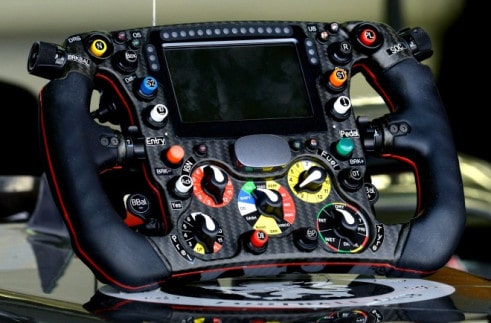Metaphors are powerful teaching tools. Some are obvious and can be used to explain a single concept; peripheral nerves explained using a metaphor of telephone cables carrying signals back and forth perhpas, while some are more subtle, more abstract, with layers of meaning that can be explored at various depths; the global internet as a metaphor for the complex, interconnected brain comes to mind.
Metaphors have been shown to help people reconceptualise pain and reduce catastrophisation (Gallagher et al 2013). We have a whole category dedicated to Metaphor and Language (over on the right hand side of the home screen, between Lost in Translation and Neurodynamics) and the Neuroscience Nuggets tend to be pretty metaphorical- the hugely popular “Dry Muscles” post had the lovely metaphor of ‘flushing out’ muscles with a bit of movement and suggested the notions of “motion is lotion and movement is medicine”; both simple, but super-powerful and sticky metaphors.
Explain Pain uses metaphor liberally- I’ve often found that people to whom I’m explaining pain will often get an “aha” moment with the “orchestra in the brain” metaphor after some of the preceding complexity of danger sensors, danger messages, the spinal cord, the brain and neurotags.
Metaphors are out there everywhere in the media and I came across a nice one when having a bit of a geek-out over a Formula 1 steering wheel;

An Inside Look at the Insanely Complex Formula 1 Steering Wheel
“Every task a driver might need to do, every bit of information he might need to know, is quite literally at his fingertips.
The modern Formula 1 steering wheel is, therefore, the most amazing ever made. It is, in every way, the nerve centre of the car.”
It’s not much of a stretch at all to think about this amazing steering wheel as the “brain” of the car – there is heaps of information coming in from all kinds of various sensors throughout the F1 vehicle – tyre and oil pressure, engine performance and so on. There are outputs too – adjustments to all of the systems which will then feed more information back forming dynamic sensory-output loops. The coloured lights across the top of the screen can provide a measure of any potential danger to the car and via the multitude of switches, knobs and dials the steering wheel can alter the behaviour of the car and there are pre-programmed patterns of behaviour that can be selected based on the situation in the race – attacking, overtaking, defending and so on.
So in all, not a bad metaphor for a brain.
Here’s the aspect of this metaphor that I think can be quite instructional – were you to take the steering wheel (the nerve centre, the brain) apart and analyse it’s every tiny component, right down to the smallest wire, right down to the very microscopic structure of the circuit boards and chips – could you then understand the whole car?
Could you understand a Formula 1 race or a whole season of F1 races? Can you see where I am going with this? (and how many thought this was going to be a post on posture?)
-Tim Cocks
Gallagher L, McAuley J and Moseley GL (2013) A randomised-controlled Trial of Using a Book of Metaphors to Reconceptualise Pain and Decrease Catastrophising in People with Chronic Pain. Clinical Journal of Pain 29(1) pp 20-25.
Explain Pain 2nd Ed, the Graded Motor Imagery Handbook and all noigroup courses are all bursting at the seams with the latest and greatest meaty metaphors, neuroscience nuggets and educational excellence; click on the links to get your hands on a copy or to find a course near you.

When you take in down to the last neurone you might just find another steering wheel……..
This is fairly sobering. Not sure what to make of it.
http://www.bodyinmind.org/changing-beliefs-in-the-face-of-adversity-preoperative-pain-education-tested/
Maybe if we could look deep enough into the universe we would see the back of our own head…….
DB London